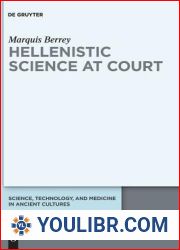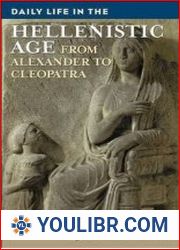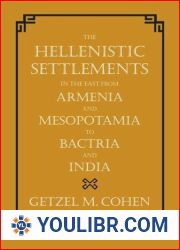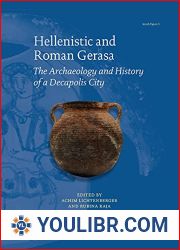
BOOKS - The Hellenistic Harbour of Amathus. Underwater Excavations, 1984-1986. Volume...


US $7.88

766893

766893
The Hellenistic Harbour of Amathus. Underwater Excavations, 1984-1986. Volume 2: Artefacts Found During Excavation (Etudes Chypriotes)
Author: J-Y Empereur
Year: December 31, 2018
Format: PDF
File size: PDF 4.9 MB
Language: English
Year: December 31, 2018
Format: PDF
File size: PDF 4.9 MB
Language: English
In Volume One we published the results of the three excavation campaigns conducted on the port of Amathus and the light shed by these results on the history of this sunken monument (Etudes Chypriotes XIX). Here we shall present in two distinct sections the archaeological material that was revealed during the excavations (1984-1986). First, we shall study the artefacts discovered in the harbour pottery, amphorae and metallic objects dating from the Early Hellenistic period (end of 4th and beginning of 3rd century BC). The second section covers the material found in freshwater wells that were dug during the Late Roman era in the northern part of the harbour basin, which was then above sea level. As regards the pottery, including sakieh jars and other pottery fragments from the upper to the lower layers of the wells, as well as the amphorae, the ensemble uniformly displays features of the end of the 6th - beginning of the 7th century AD, linked to artisanal activities in the lower part of the town which was abandoned by its inhabitants a few decades before the arrival of the Arabs. The metallic material presents, in a similar fashion to that of the Hellenistic era, a variety of fishing gear, while the ensemble of animal bones provides us with a rare picture of the fauna that was present on Cyprus in the Late Roman period. Lastly, the analyses conducted on wood from the sakiehs reveals the use of tree species that grew in the region at that time, and 14C dating of the wood fragments confirms the dating proposed by the ceramologists.














































